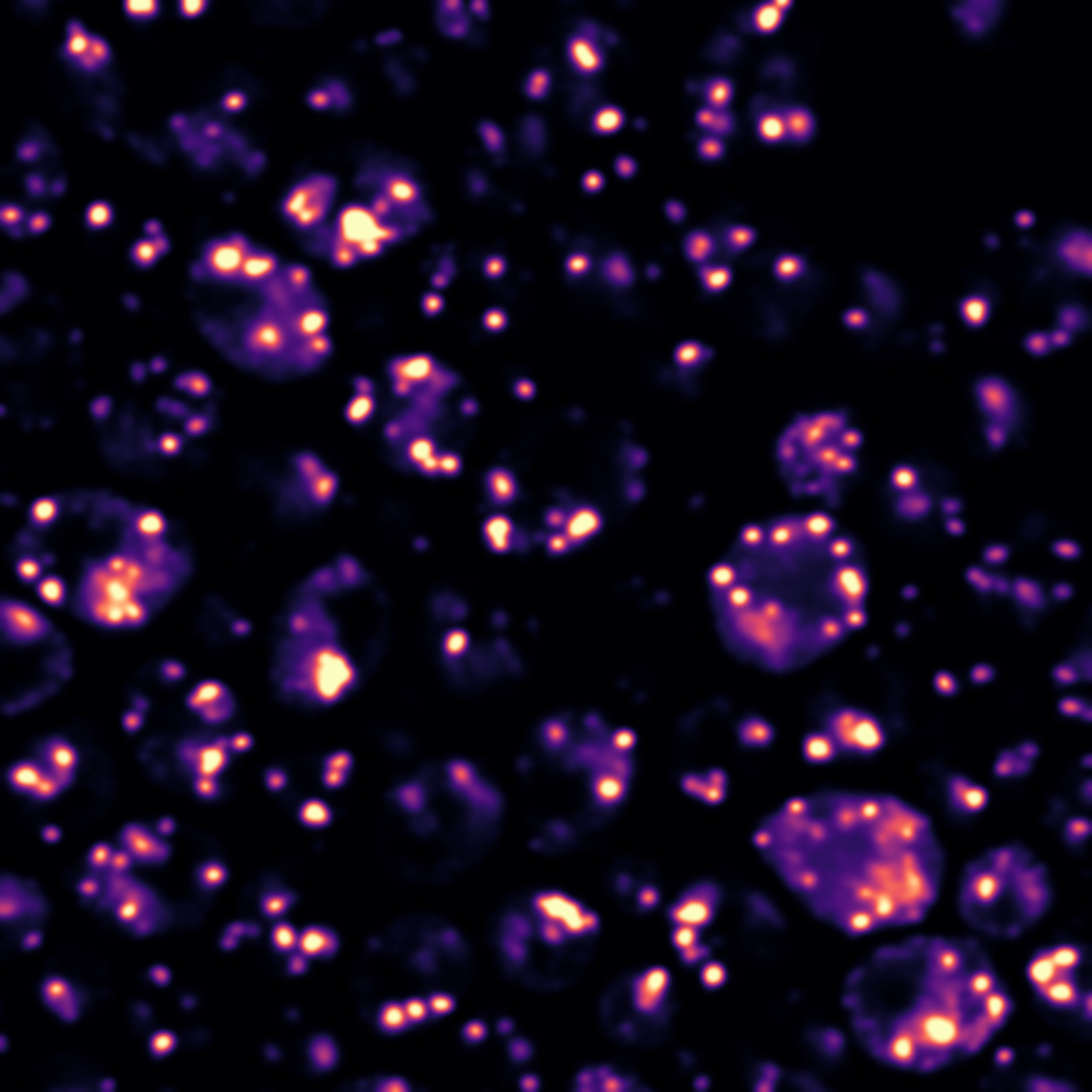Your Window into our Science
The ageing chaperome in health and disease
Within the intricate world of cells lies a critical balancing act known as proteostasis. This is a finely tuned procedure, that manages the production, maintenance, and disposal of proteins, one of the main building blocks of cellular life. This balance is essential for fitness and survival of a cell. At the heart of this delicate operation is a group of key players known as chaperones. They are crucial in ensuring that cellular proteins can adopt their correct shape and do not clump together, which can be detrimental. Sometimes, when the system faces too much stress or as cells age, this balance gets disrupted. It can lead to protein clumps, which can contribute to age-related diseases such as neurodegenerative disorders.
Most research in this area has focused on specific parts of the system, kind of like examining individual puzzle pieces. But we do not fully understand how all these puzzle pieces fit together. Our research is breaking new ground by exploring how these individual pieces interact, especially as cells age and diseases develop.
We are using advanced methods, allowing us to gather valuable information very quickly and efficiently. Our ultimate goal is to understand how cells manage their proteins and why they sometimes fail, especially as we age or when diseases strike. This research takes us one step closer to a future where we can better understand and fight diseases that affect people as they get older.
In the search to understand the mysteries of ageing and how it impacts our cells, we have a surprising ally: yeast. This tiny organism, with its incredibly short 10-day lifespan, might seem worlds apart from human biology, but the overall cellular functions work the same. Thus, it is uniquely suited to unravelling the secrets of ageing and proteostasis. The simplicity of yeast, combined with its high degree of similarity to more complex species, offers a shortcut to vital insights. Yeast's flexibility and the existence of advanced genetic tools make it perfect for so-called high-throughput experiments. We can easily pinpoint individual key players and pathways, laying the foundation for understanding the core principles of ageing. But we do not stop there. Our ultimate goal is to use what we learn from yeast to unlock the secrets of ageing in human cells. Yeast helps us identify the most important pathways to explore, which we can then examine in the multifaceted world of human cell culture.
Cutting-edge technology, from advanced microscopy to state-of-the-art robots and sophisticated data analysis, ensures we capture the tiniest details of cellular processes. This meticulous approach unites the best of both worlds: high-speed, high-quality data from yeast, and in-depth understanding from human cell culture. It is a journey from the minuscule to the complex, all with the aim of unveiling the keys to aging and the challenges it poses, particularly in the context of neurodegenerative disorders. With this comprehensive strategy, we are one step closer to understanding the forces shaping our health and lifespan.





